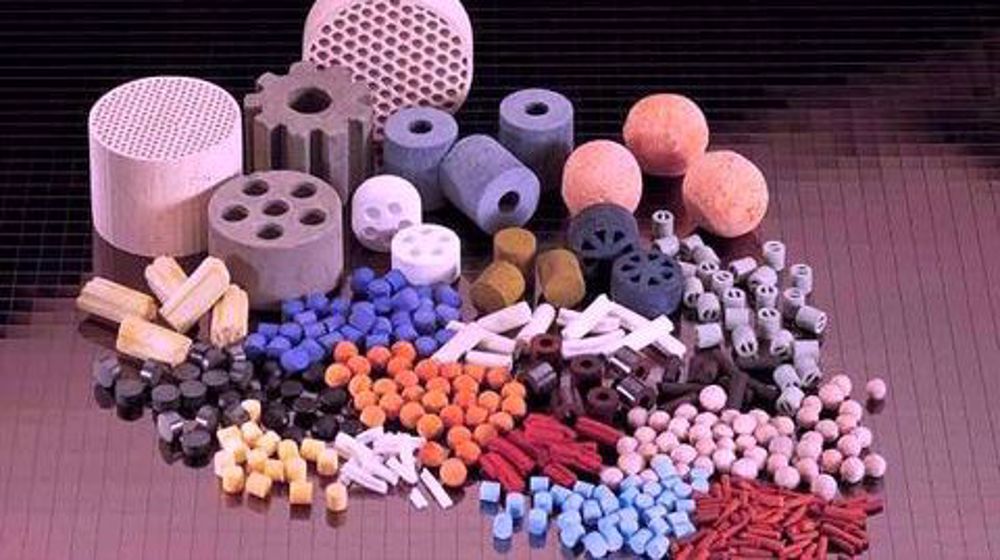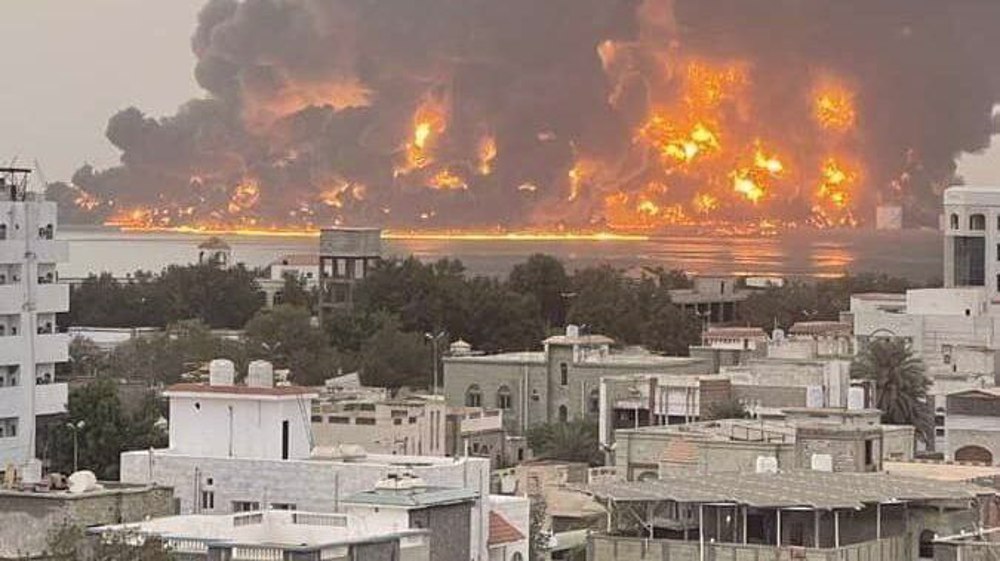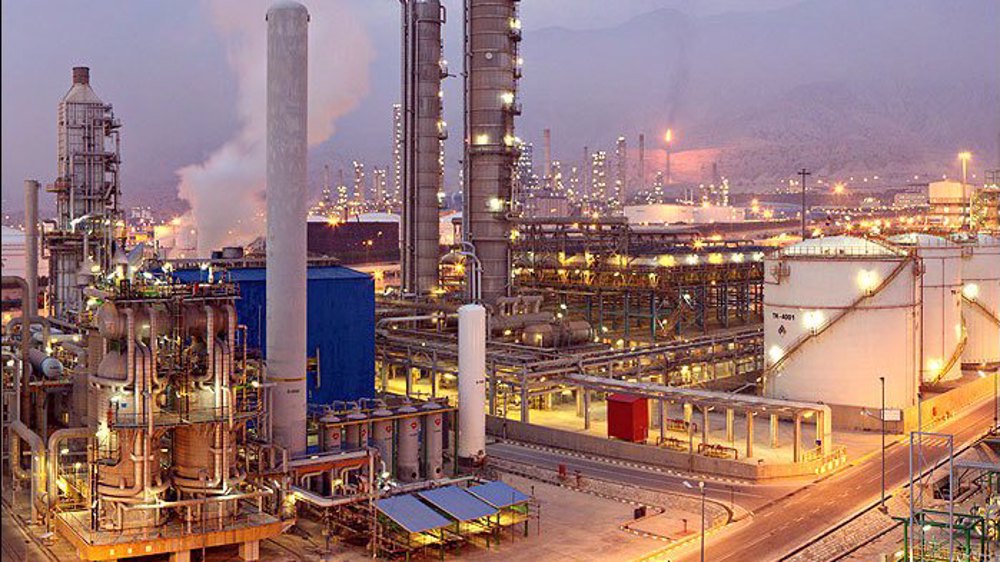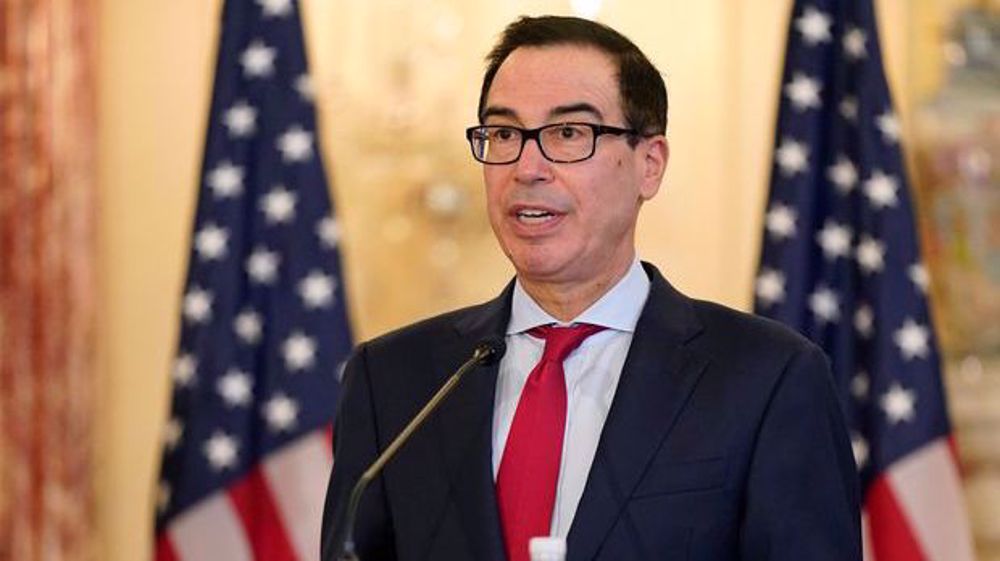Russia finds new source of catalysts in Iran as West stops trade
Iran’s deputy minister of petroleum and the CEO of National Petrochemical Company (NPC) says Russia has used nearly one ton of Iranian-made petrochemical catalysts in its petrochemical complexes, noting that their demand for new purchases is rising despite the US sanctions against the Islamic Republic.
Referring to the negotiations that have been held since April with Russian delegations over the export of Iranian catalysts, Deputy Minister Morteza Shahmirzaei was quoted by the official IRNA news agency as saying that, “Russian plants have placed new orders for the purchase of catalysts."
The NPC director said the “Russians were impressed by the quality of the catalysts. They believed that the quality of the Iranian catalysts was high and can compete with the best in the world,” reiterating that to have a dynamic economy in the country, attention must be paid to petrochemical industry.
Iran signed a contract to supply Russia with 40 turbines to help its gas industry amid Western sanctions, the ministry of petroleum's Shana news agency said in October.
Shahmirzaei said 70 petrochemical companies with an annual production capacity of 90 million tons are operating, and the final sale of products has reached about 25 billion dollars.
The export of products of petrochemical plants reaches about 26 million tons annually, and 10 million tons are sold to domestic markets, Shahmirzaei said, adding that “30% of Iran's non-oil exports are related to the petrochemical sector.”
Iran's petrochemical industry, including its largest petrochemical holding group the Persian Gulf Petrochemical Industries Company (PGPIC) and its network of 39 subsidiary petrochemical companies, are under US sanctions imposed first in June 2019.
Officials, however, say the wide diversity of petrochemical products and huge international demand for them because of their quality and price have rendered the sanctions ineffectual.
The petrochemical industry chiefly involves manufacturing of plastics, rubber, nylon and other consumer products used in aviation, electronics, construction, pharmaceuticals and manufacturing.
Overall petrochemical production is expected to reach $50 billion within the next six years when three mixed feed projects for a variety of petrochemical products and 33 projects to meet the needs of downstream industries will come on stream.
Missile fired from Yemen hits Tel Aviv
VIDEO | Iran emerging as aviation service hub through innovative solutions
Iraq exhuming remains of 100 Kurdish women, children killed by Saddam
Panama rejects talks with US over canal control
VIDEO | Israel Yemen aggression
HTS rulers name al-Qaeda operative as Syria's new spy chief
Iran voices concern about rising insecurity, violence in Syria
VIDEO | Karachi sit-in amplifies nationwide call for justice for Parachinar victims













 This makes it easy to access the Press TV website
This makes it easy to access the Press TV website